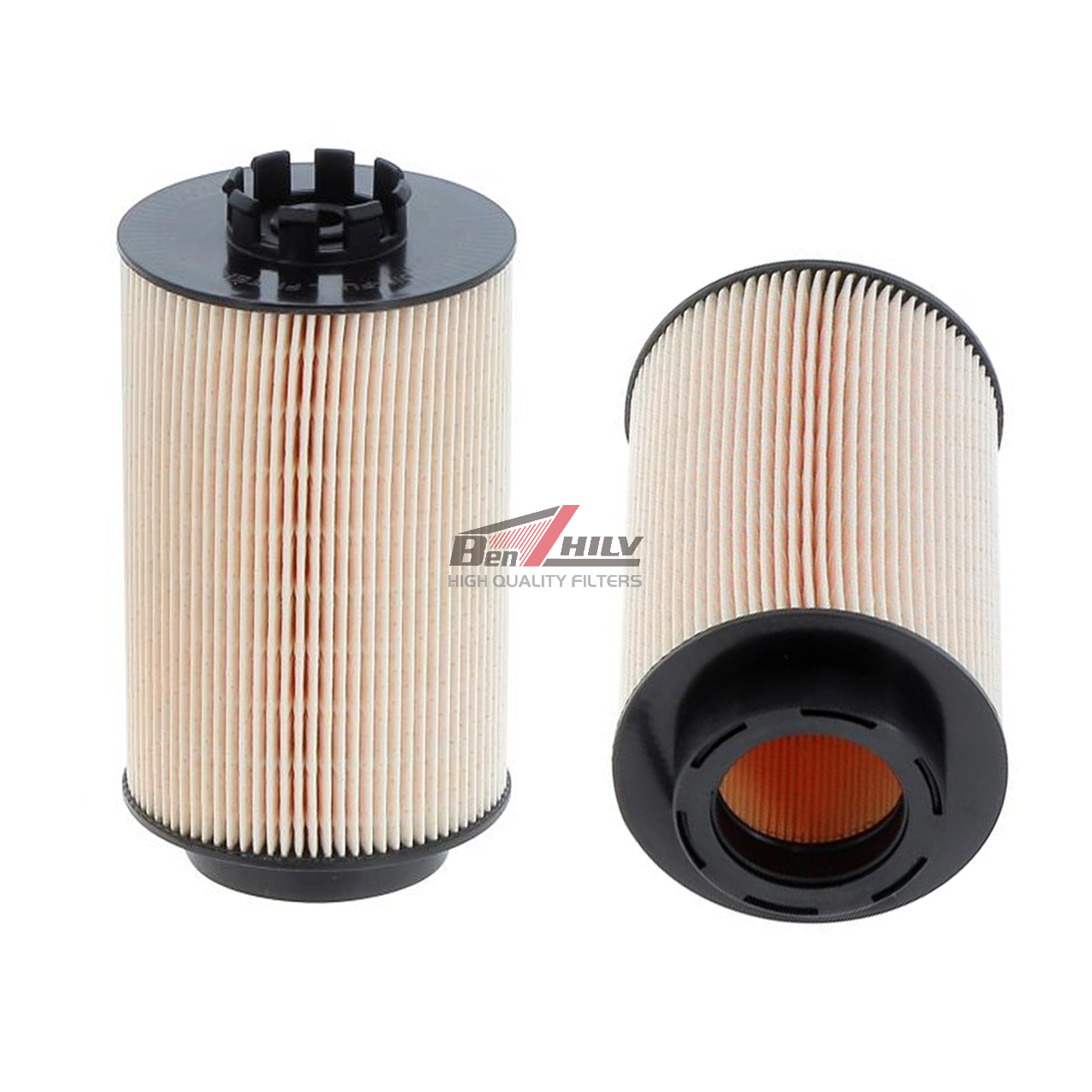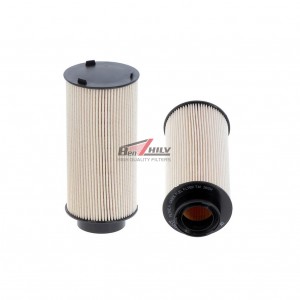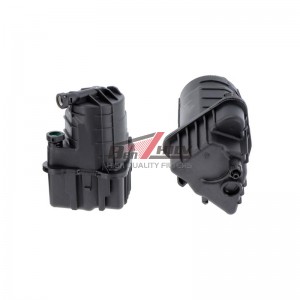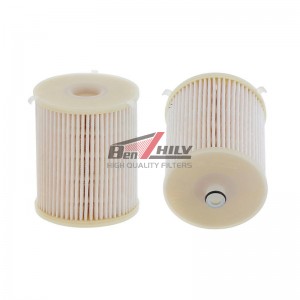Development status of combine harvester abroad
In the 18th and 19th centuries, many people in the United States, Britain and other countries had developed and designed combine harvesters, and some had obtained patents and made prototypes, but they were basically of no practical value. It was not until the 1920s that combine harvesters were first used on a large scale in the wheat growing areas of the United States, and then quickly spread to the Soviet Union, Canada, Australia, and Western Europe. In the 21st century, European and American developed countries have fully realized agricultural mechanization, combine harvester to large, high speed, reliable and high adaptability direction. In order to improve the utilization rate and adaptability of the machine and make it work efficiently, safely and reliably, foreign agricultural machinery enterprises such as Europe and America generally use the computer to carry out computer-aided design (CAD), auxiliary test (CAT) and auxiliary manufacturing (CAM), and integrate into the electromechanical hydraulic integration, automation and intelligent new technology. The operation parameters of combine harvester are monitored and regulated in real time. Such as threshing drum load detection system to reduce or prevent blocking phenomenon; Harvest operation monitoring system (Harves Monitor system) enables the machine to observe the machine operation status, machine position, route and so on in real time, so as to make real-time adjustment; Harvest Doc measures and records crop yield, humidity and productivity in real time. Users store this information and lay the foundation for establishing the prescription map of precision agriculture. The feed rate control system (Harves Smart) ensures balanced and consistent crop feeding by automatically adjusting the speed of the combine according to the grain feed quantity of the threshing drum, the grain loss rate of the Vision Tra and the engine load. Due to the above advanced detection and control technology installed on the combine, the machine hand only needs to observe the information sent by each detection system to the cab display interface, and carry out relevant operations to realize the smooth operation of the combine in a variety of field environment and a variety of crops with different parameters. The intermediate process can be completed by the recognition and operation of each system. The application of electromechanical hydraulic integration and intelligent new technology has greatly improved the working efficiency of the combine harvester, reduced the loss of grain and reduced the fatigue of the driver.
Previous:
900FG FS1207 FS1294 FS20402 FS20403 DIESEL FUEL FILTER WATER SEPARATOR Assembly
Next:
FF264 PU840X E418KPD142 02931816 04297079 04214923 for DEUTZ DIESEL FUEL FILTER ELEMENT

















